The vintage Panasonic Lumix DMC-GH2, an advanced video-orientated Micro 4/3 digital introduced in 2010, comes fitted with a 16MP multi-aspect Live MOS sensor with Full 1080p HD video capability. Aside from the highly advanced movie mode, the camera also allows still photographers ample control over their images. The 7-page custom menu, for example, contains more than 30 options, and the setup option another 23, including Panasonic's iDynamic and iResolution modes, functions to maximize the dynamic range and detail resolutions of images captured.
The Film Mode feature, which allows for the adjustment of the color, contrast, saturation, and noise-reduction, comes with selections for Cinema, Standard, Dynamic, Smooth, Nature, Nostalgic, Vibrant, Standard B&W, Dynamic B&W, Smooth B&W, and a trio of My Film Mode presets. Capturing these test images with these modes, as posted here, is my first try at comprehending and understanding what the GH2 is capable of. Using the vintage as an alternative to more advanced and higher-priced models is the opportunity I am looking at.
Released as a successor to the DMC-GH1, which was introduced in 2009, the Panasonic Lumix GH2 comes with improvements such as a new sensor capable of 1080p video at 60 or 50 fps, faster sensor read-out, touch-sensitive LCD screen, an ISO range from 160 to 12800, larger EVF coverage, and cosmetic changes to make the camera more efficient to the user. The multi-aspect ratio sensor, which is 18.3MP in size, offers the same diagonal angle of view, and almost a a 100% view of the scene to be captured, regardless of the aspect ratio selected.

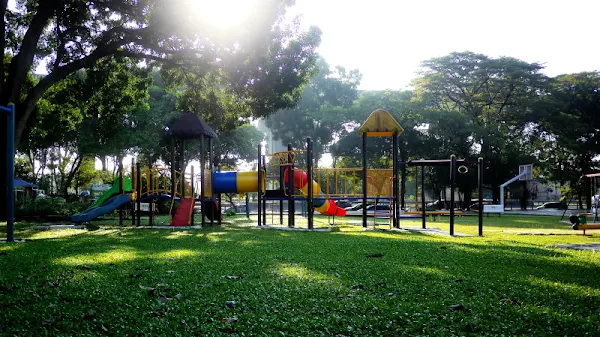
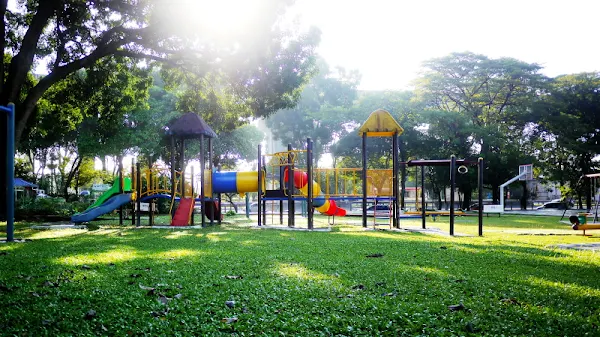



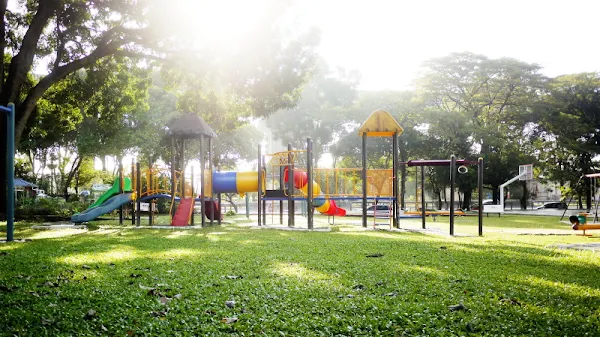
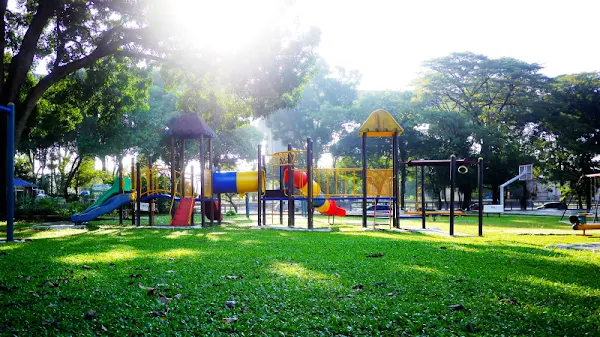

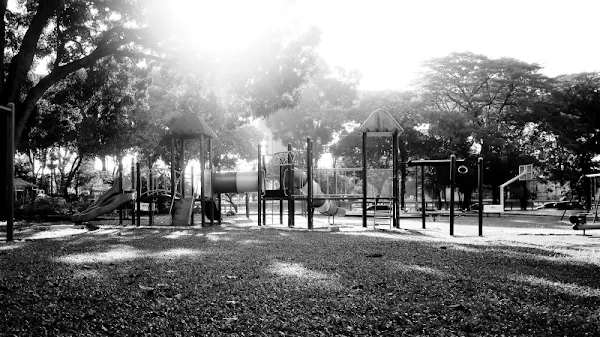
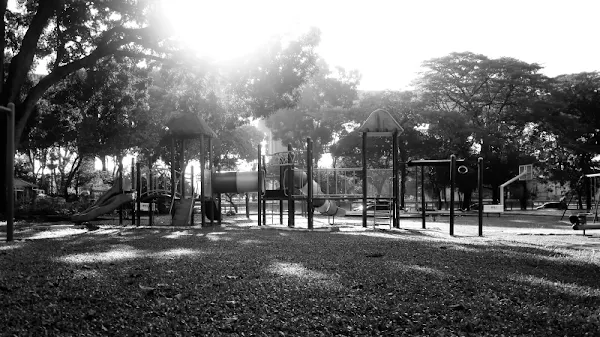












No comments:
Post a Comment